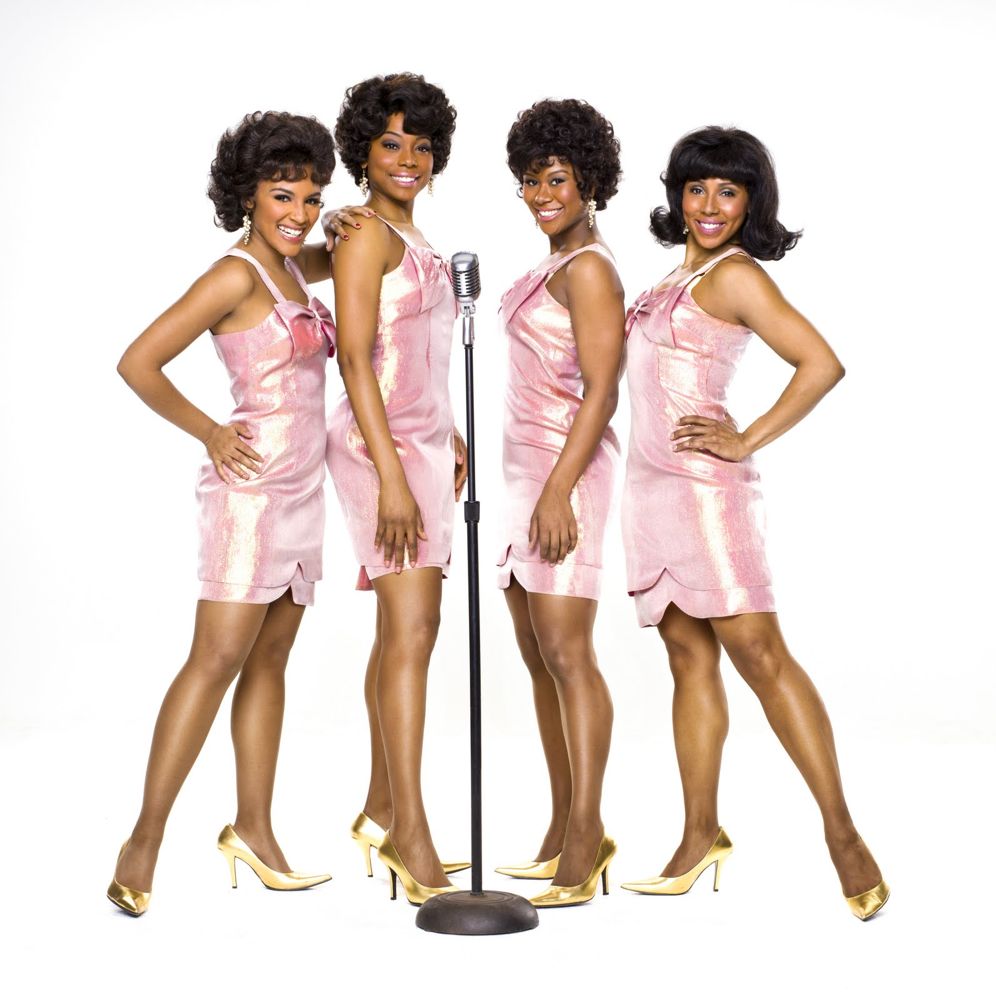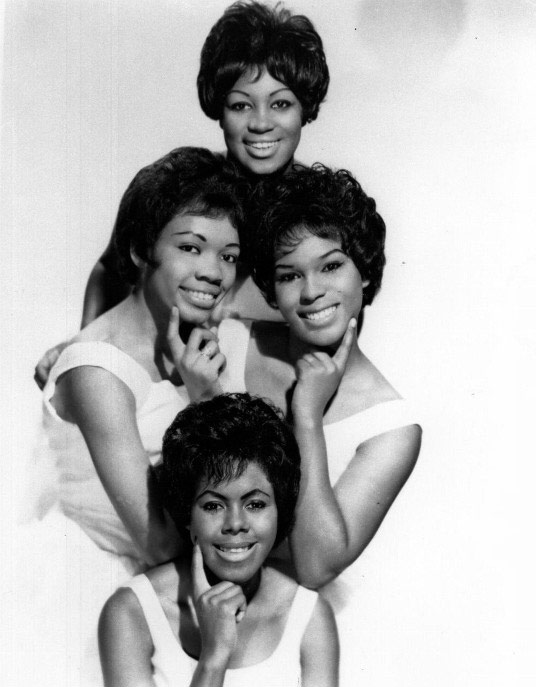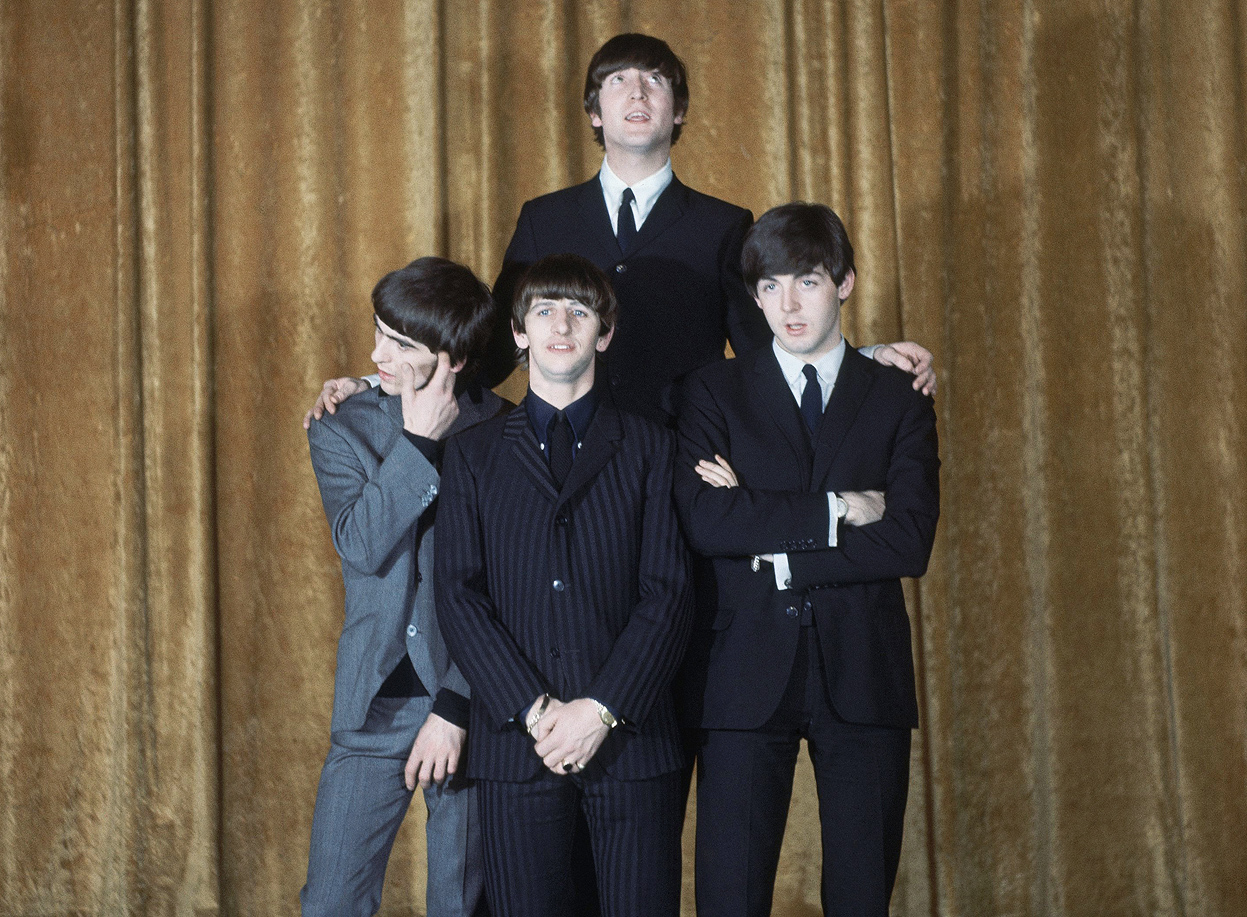When George Martin first encountered John, Paul, George and Ringo, he liked them personally, and he thought their music had commercial potential, but he couldn’t place their act in any convenient industry category.
Successful pop groups normally had a front man with generically named backing musicians — Buddy Holly and the Crickets, Cliff Richard and the Shadows. Internally, Lennon was the leader of The Beatles, to the extent that they had a leader, but he wasn’t their front man — he and Paul were co-leaders as writers of original material and at the time they shared lead vocal duties and harmony work fairly equally with Harrison. As an ensemble, with Ringo as the genial fourth wheel, they presented themselves as co-equals, as a genuine “group”.
But Martin had a conceptual and somewhat visionary breakthrough. Maybe, he thought, these guys could be the male equivalents of The Shirelles — an up-and-coming girl group that was essentially a group, not a lead singer with back-up support. That idea, eccentric as it was at the time, gave him a model he could get his head around.
It proved serviceable. John and Paul moved to the fore as vocalists as their original songs came to dominate the group’s repertoire, but as personalities the band remained a team of equals. Martin contributed a lot to The Beatles, musically speaking, but his vision of a white male pop group that was primarily a group was not the least of his contributions to their success.
If he could sell that idea to himself, he reasoned, maybe he could sell it to the industry — and the world. In the end it became a model for all the pop and rock groups without nominal front men that followed in the wake of The Beatles — from The Byrds to The Band.




This was bolstered visually by the matching uniforms (not represented in your photo), a concept rejected by the Stones, but aped by pretty much everybody else. The basic instrumentation was also established, with some notable variations.
Quite right, Bill. When the members of The Byrds saw “A Hard Day’s Night” they immediately started growing their hair long, getting matching outfits and the same instruments The Beatles had. It’s interesting that George Martin didn’t hit on The Beach Boys as a model for The Beatles, but I can think of a few reasons why he wouldn’t have. In industry terms at the time, I think The Beach Boys were thought of, incorrectly, as primarily a vocal group, like the Four Freshmen, on whom they initially based their vocal stylings. They didn’t always play their own instruments in the studio and weren’t an important stage act internationally, certainly not in England, though some of their records charted there. They were also having various personnel shifts at the time, and so weren’t thought of as an established combo. In retrospect they seem like a more apt model for The Beatles than The Shirelles, but one that wouldn’t have meant much at the time to Martin or the EMI executives.
The Beach Boys DID have those matching shirts and chinos, but I think they had a rough row to hoe up against Epstein’s fashionistas who had honed their chops on the Reeperbahn.
Yeah — The Beach Boys had a kind of clean-cut vibe, collegiate, like The Four Freshmen and The Kingston Trio. At the time I didn’t really think of them as a rock-and-roll group, the way I thought of The Beatles as a rock and roll group. They just didn’t have the edge I associated with rock and roll, which The Beatles had, soft as that edge was most of the time. I’ve spent the rest of my life learning to appreciate how totally cool The Beach Boys really were.
Those Wilson kids could sure do a mean rip-off of Chuck Berry (but the Beatles could do Little Richard).
When you look at what they were covering in their early recordings, The Beatles were much more oriented to black music than The Beach Boys were, but mostly to the sweeter pop side of it. Another reason Martin would have thought of The Shirelles in connection to their act.